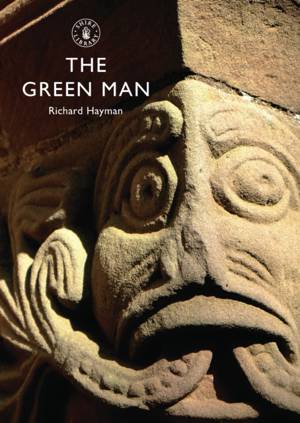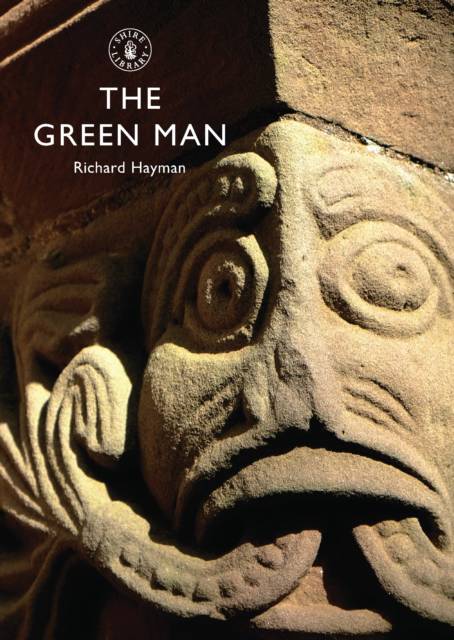
- Afhalen na 1 uur in een winkel met voorraad
- Gratis thuislevering in België vanaf € 30
- Ruim aanbod met 7 miljoen producten
- Afhalen na 1 uur in een winkel met voorraad
- Gratis thuislevering in België vanaf € 30
- Ruim aanbod met 7 miljoen producten
Zoeken
Omschrijving
Green men are figures or heads that were carved in churches, abbeys and cathedrals from the twelfth to the sixteenth centuries. Inspired by the illustrations in book margins where heads were used to terminate trails of foliage, they were usually carved in the form of human masks, cats' or demons' heads. The earliest architectural green men are found in the churches of the wealthy and influential, such as Henry I's private chapel in Derbyshire but they were still produced in lesser numbers into the nineteenth century. Richard Hayman discusses the origins and definitions of these fascinating figures and traces their many declines and revivals throughout history - a valuable guide for any church history enthusiast.
Specificaties
Betrokkenen
- Auteur(s):
- Uitgeverij:
Inhoud
- Aantal bladzijden:
- 56
- Taal:
- Engels
- Reeks:
Eigenschappen
- Productcode (EAN):
- 9780747807841
- Verschijningsdatum:
- 22/06/2010
- Uitvoering:
- Paperback
- Formaat:
- Trade paperback (VS)
- Afmetingen:
- 145 mm x 203 mm
- Gewicht:
- 136 g

Alleen bij Standaard Boekhandel
+ 23 punten op je klantenkaart van Standaard Boekhandel
Beoordelingen
We publiceren alleen reviews die voldoen aan de voorwaarden voor reviews. Bekijk onze voorwaarden voor reviews.











